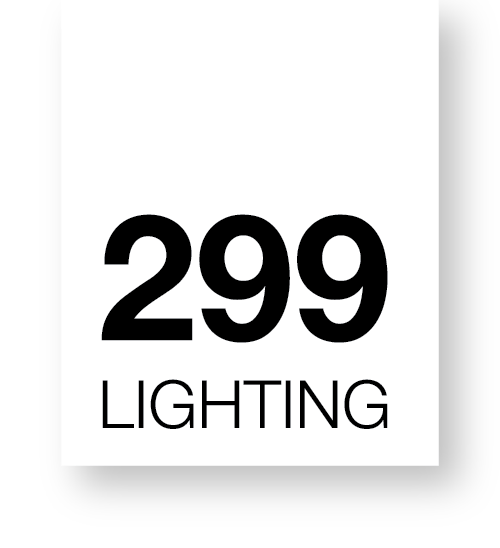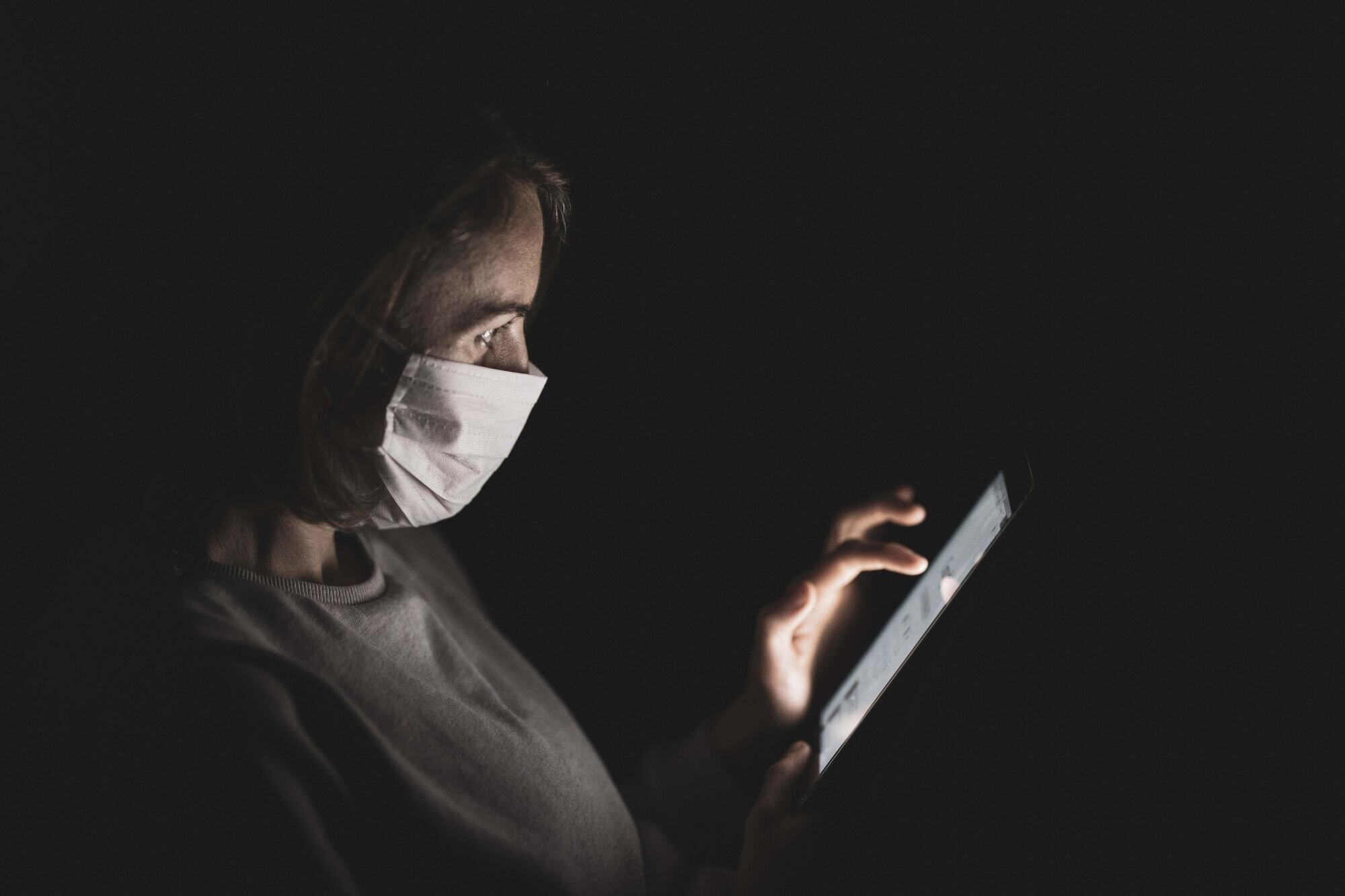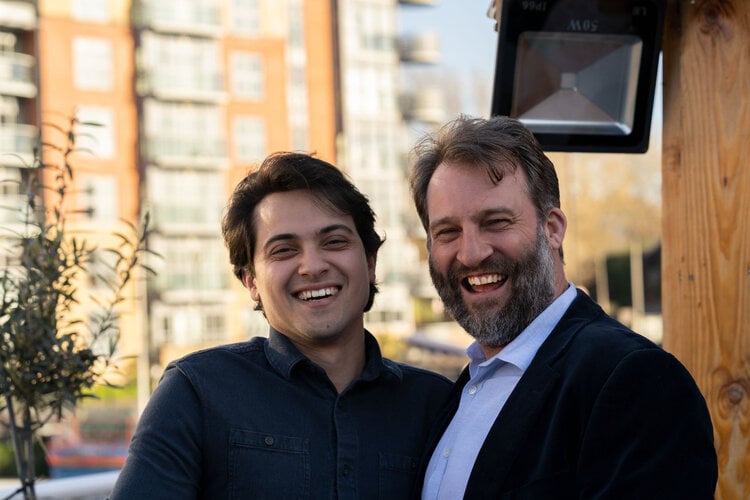It’s no secret that COVID-19 has taken over the world. It’s the front page of every news page, it’s devastated not only families but also entire industries. And it’s here to stay, at least for the time being. Whilst we learn to live alongside the coronavirus, we should ask ourselves - how can we use technology to our advantage, to reduce the impact of COVID-19?
We live in a connected world, where everyone and everything can interact at the click of a button. I can turn the washing machine on at home from my phone, or boil the kettle and lighting controls can be specified in the same way. As wireless control technology develops, we can incorporate more and more functions into the operation of these systems. Suddenly, the lighting infrastructure becomes more than just lighting. So here’s the thought - what if lighting controls could play a part in keeping people safe from the coronavirus. Many wireless lighting controls now work on a Bluetooth communications platform, and this is incredibly important in terms of its interaction with humans in space. All of our devices, our phones, our smartwatches, the iPad I’m writing this article on, all have Bluetooth connectivity. Bluetooth transmitters are so small now and use such little energy that we can even embed them into ID badges on lanyards.
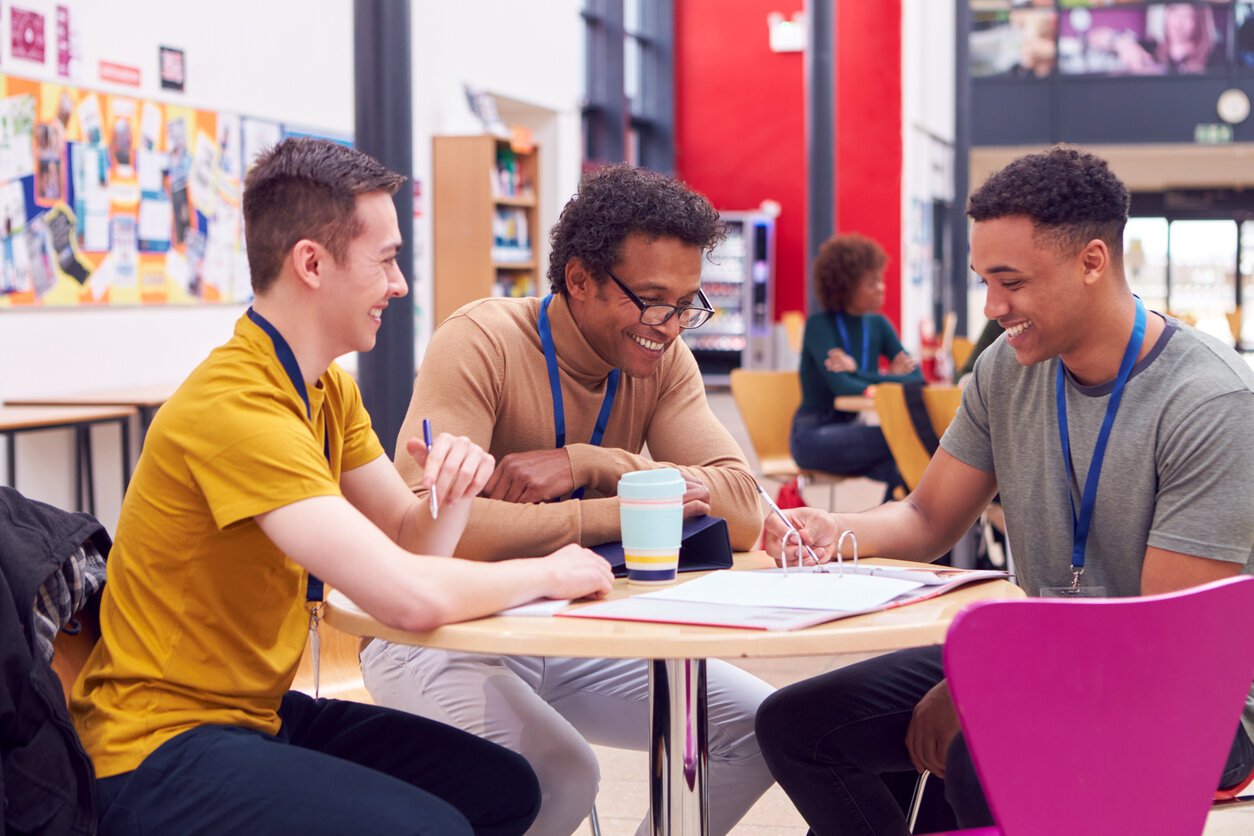
So now we have 2 elements that can communicate - the lights and our lanyards. But how can that keep us safe?
The Bluetooth transmitter in our ID badge will contain specific data. Name, business contact details, perhaps user preferences/profiles for the building occupied. If this data can be transmitted to the lighting system, then surely the lighting can monitor who is in the space at any one time. And to take it a step further, because the lighting system is so granular, there are so many Bluetooth connection points in a small area (each sensor having its own Bluetooth receiver), our lanyards can connect to multiple sensors at any one time. If each sensor can monitor how quickly it can send a Bluetooth message and receive a reply from the lanyard, it can calculate the distance from the light to the ID badge. And if multiple sensors all do this at the same time, we can start to pinpoint the position, to coordinates of that lanyard in the room. This is called triangulation, and it’s how the police on ‘The Bill’ always used to find the criminals - triangulating their phone based on its connection to telephone masts.
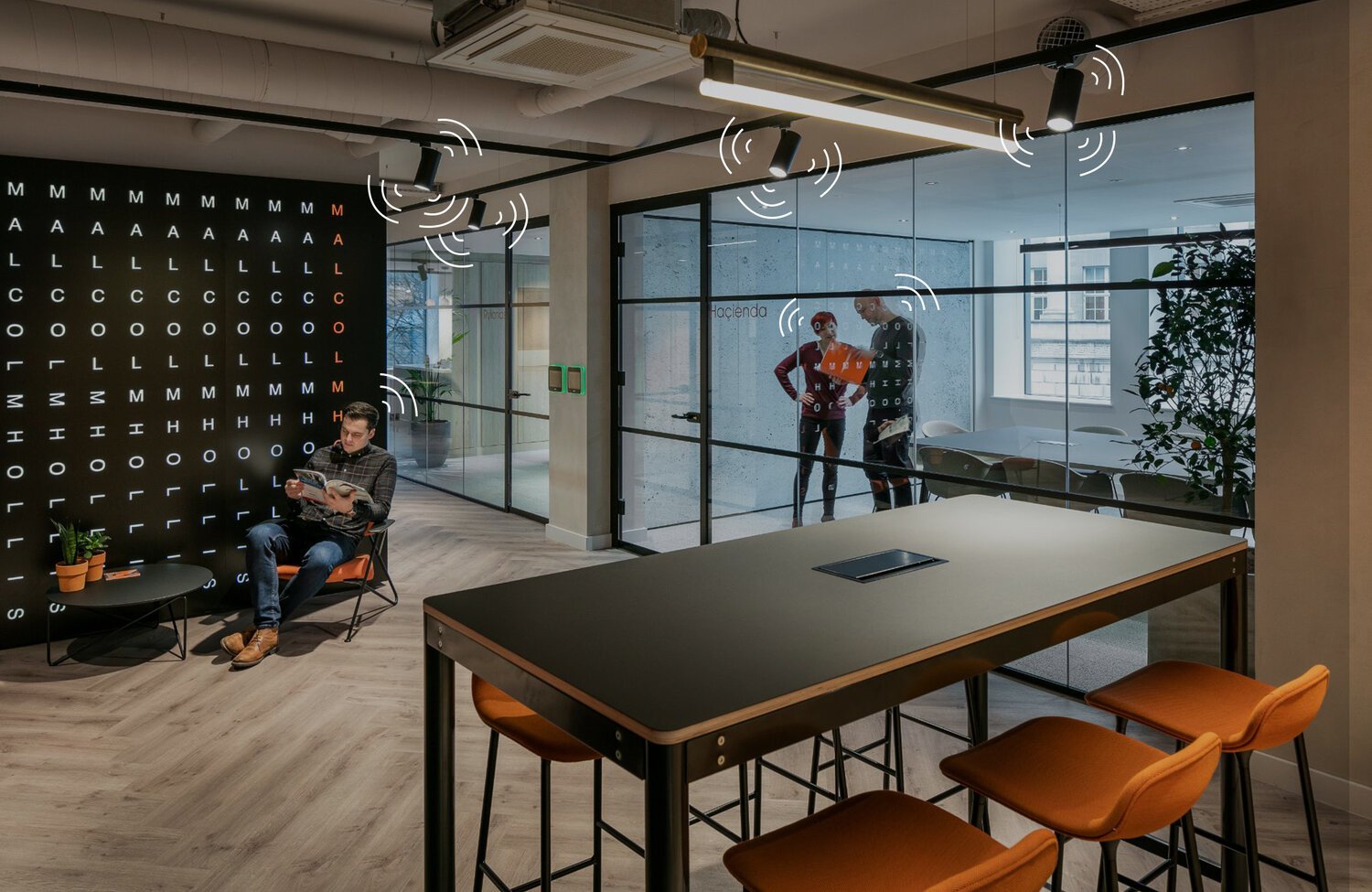
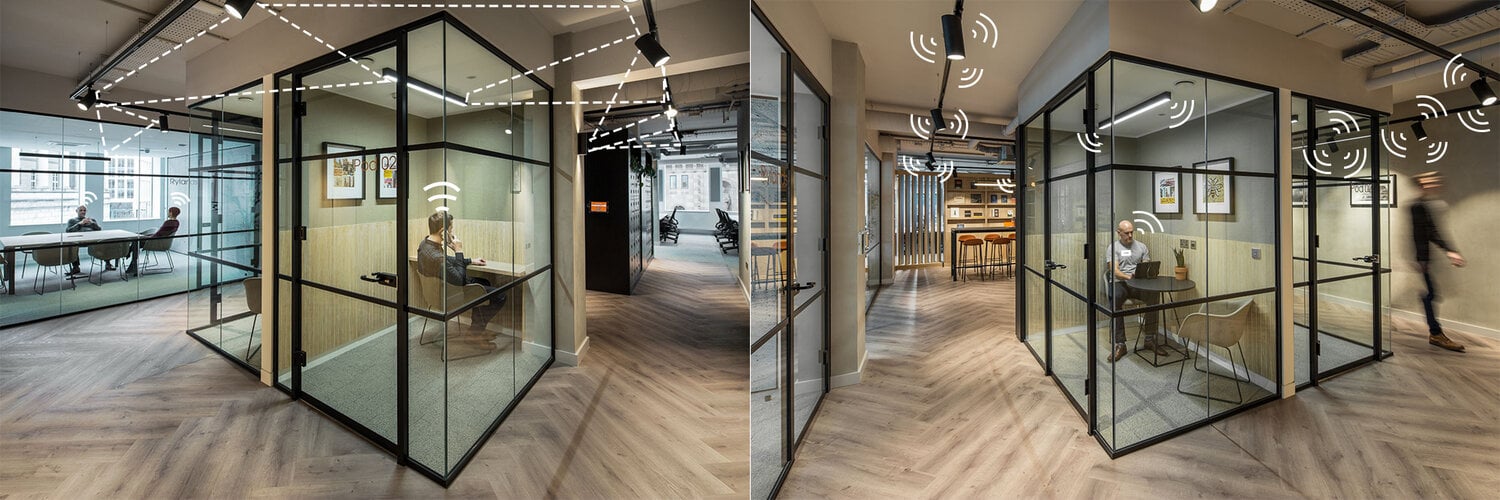
Suddenly, we have the data of not only who is in the room but exactly where they are. Now we don’t want to use this data for big brother purposes but take this data, apply some programming logic and suddenly our lighting control system is able to tell which person has just moved within 2m of one of their colleagues, and whether they are aware or not, has broken physical distancing rules. And the best bit - because the ID badge contains their business contact information, they can be instantly notified with an email or text, to alert them to the fact that they are within 2m of another person. And with that text, an automatic log can be taken off their name and contact details for track & trace purposes in case any employees have been tested positive for the coronavirus.
This may all sound a bit pie-in-the-sky conceptual lardy-da, but the reality is, the technology already exists. And what’s more, our friends and colleagues at Prolojik lighting controls have actually already made this happen!
Here is Edward Davies of Prolojik, to tell you a little more about the project and how this was all implemented.
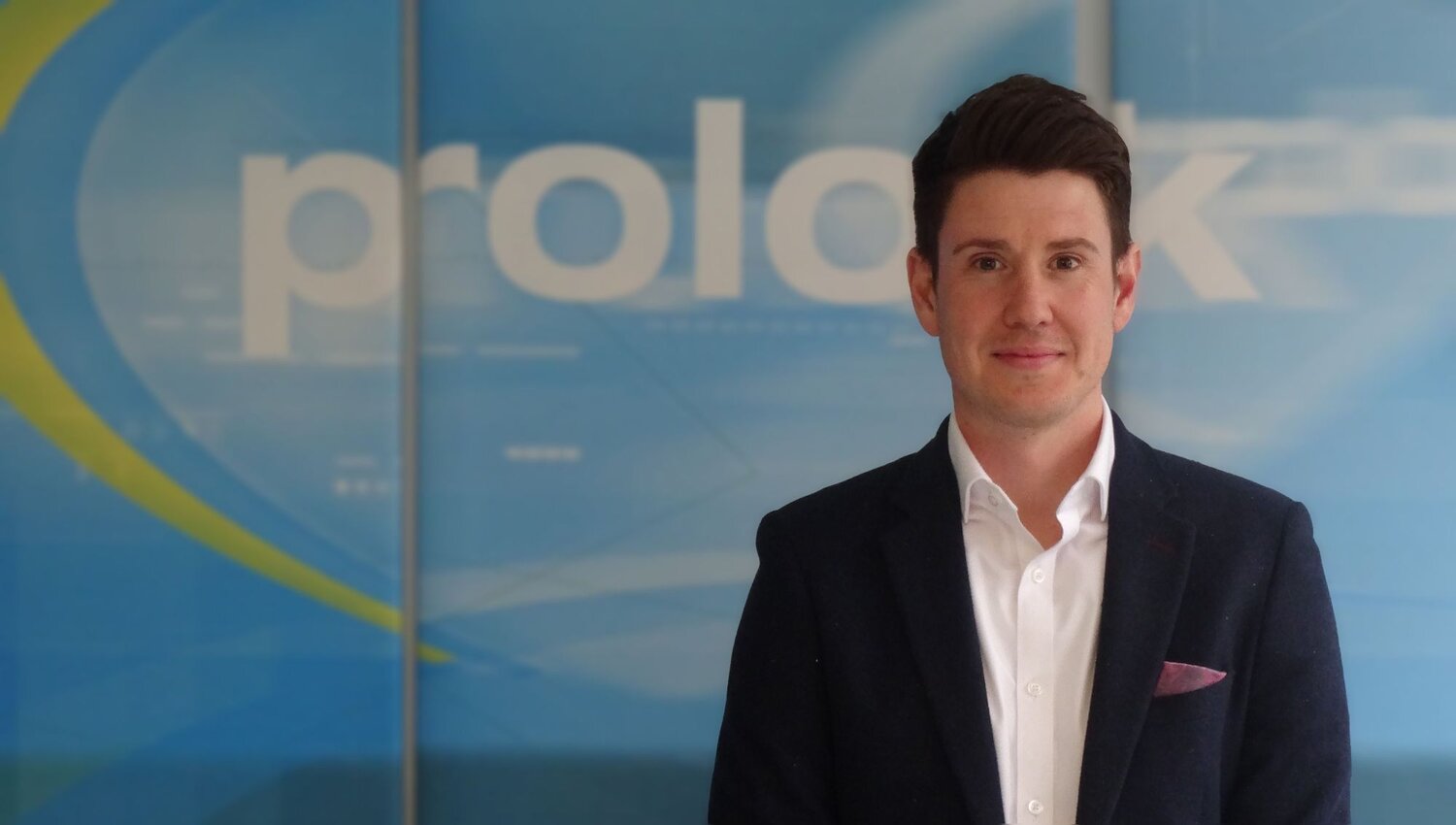
Our work in this area started some years ago and was developed from the concept that within a public building, where there are people; there is light and where there is light; there is a grid of lighting control sensors.
Lighting control sensors can be as simple as providing basic switching on and off of the lighting, but they can also be more advanced multi-sensing and Bluetooth Low Energy (BLE) enabled sensors that give significantly more features and feedback. Our Proxima sensors, aside from the typical lighting control capabilities (absence, presence, daylight & temperature) are also creating a BLE network capable of tracking other BLE devices in the space to enable new features such as space utilization, asset tracking, wayfinding, and targeted messaging. And now, with the emergence of Covid-19 – physical distancing. The data gathered by the sensor network is then presented to a cloud-based portal, where it can be interpreted and presented back via an online dashboard.
Amongst the many USPs, our Proxima system has, one of the key features is that is piggybacked on our DALI lighting control system installation. This means that in new office development, for example, each client space can be tailored during the fit-out stage can benefit from a Prolojik lighting control system and then opt-in or out of the Proxima Smart system analytics with the change from our standard PS432 Multi sensor, to our BLE enabled PS462 and the addition of the Proxima software required to drive the Smart functionality.
We collaborate with companies such as 299 Lighting, and work alongside the Building Consultancies to develop client specifications in these areas, and whilst we have been designing and delivering the Proxima system for some years, we have seen a big upturn in the recent months since Covid changed the way we all live and work.
Prolojik has always operated within the bleeding edge of the lighting control market and pushed the development of innovative solutions to provide the best and most relevant systems.
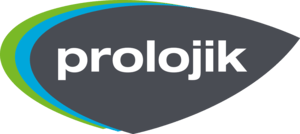
299 are proud to work alongside Prolojik to offer one simple luminaire and controls package for your project. Get in touch to discuss how we can support you.
299 are proud to work alongside Prolojik to offer one simple luminaire and controls package for your project. Get in touch to discuss how we can support you.
Want to know more about what 299 can do for your project?

You Imagine It. We Make It Happen.
